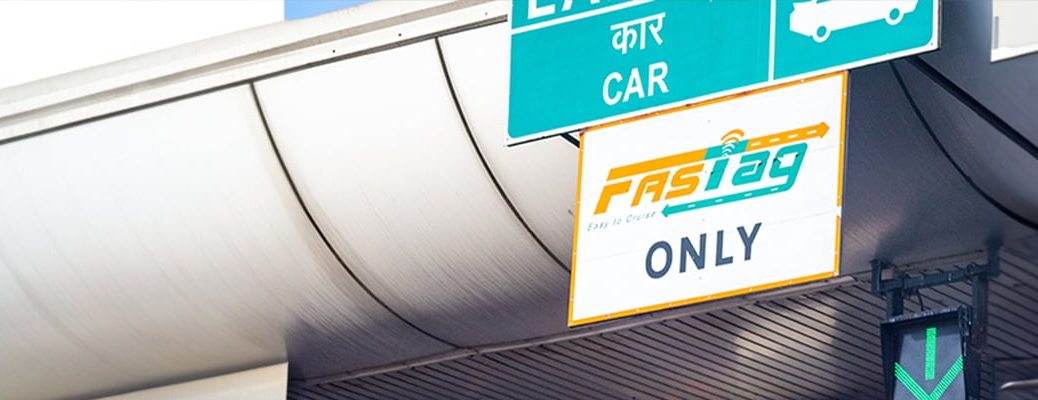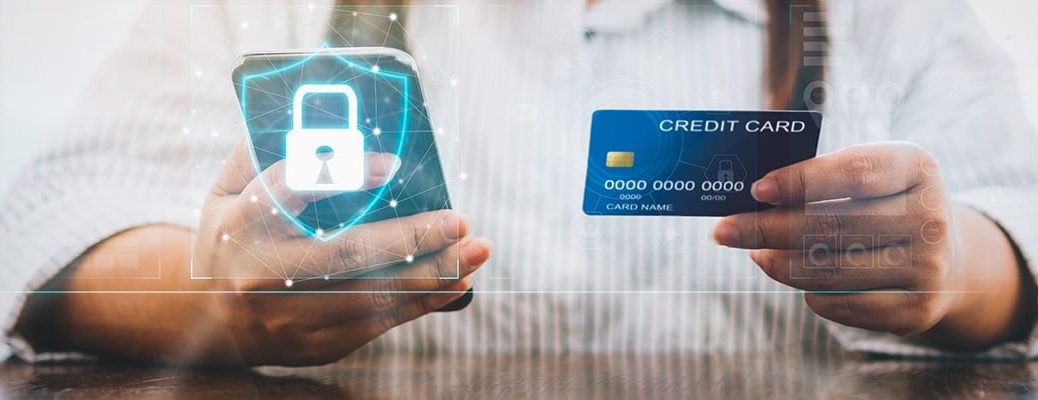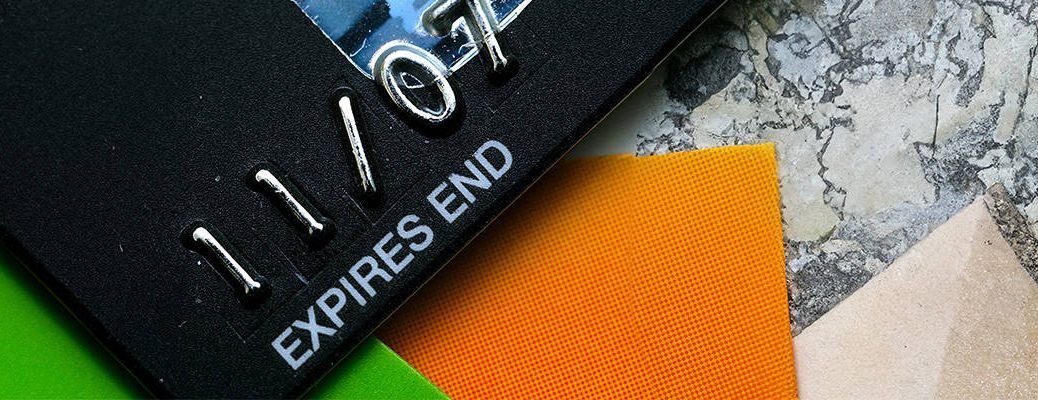Loans play a pivotal role in fulfilling various financial needs, especially when it comes to substantial investments like buying a home or using property as collateral. While both involve leveraging property for financial needs, they differ significantly in their structure, purpose, and implications. In this blog, we will delve into the differences that set these two financial instruments apart, shedding light on their unique characteristics and helping you make informed decisions.
| Points of Difference | Home Loan | Loan Against Property (LAP) |
| Collateral and Purpose | A home loan is a financial product designed to help individuals purchase a property. The property itself serves as collateral for the loan, providing security to the lender. The primary purpose is to facilitate home ownership, making it one of the most common forms of long-term financing. | LAP, on the other hand, allows borrowers to unlock the value of their property without selling it. The loan is secured against the borrower’s property, which can be residential, commercial, a piece of land or any warehouse. Unlike a home loan, the funds obtained through LAP can be used for various purposes, such as business expansion, education, medical expenses, or debt consolidation. |
| Interest Rates | Interest rates for home loans are generally lower compared to LAP. This is because home loans are considered less risky for lenders, given the specific purpose of property acquisition. The interest rates may be fixed or floating, depending on the terms of the loan. | Loan against property interest rates tend to be slightly higher than home loan rates due to the broader range of uses for the borrowed funds. The interest can be fixed or floating, offering borrowers different options based on their preferences and risk tolerance. |
| Loan Amount and Tenure | The loan amount for a home loan is typically based on the property’s market value, and the tenure can extend up to 30 years. Lenders assess the borrower’s income, credit history, and the property’s value to determine the loan amount. | LAP allows borrowers to unlock a percentage of their property’s market value. The loan amount is influenced by factors like property valuation, the borrower’s income, and creditworthiness. The tenure for LAP is generally shorter than that of a home loan. |
| Documentation and Eligibility | The documentation process for a home loan is extensive, involving proof of income, employment, property details, and more. Lenders assess the borrower’s creditworthiness and repayment capacity before approving the loan. | LAP also requires thorough documentation, including property papers, income proof, and other financial details. However, theloan against property eligibility criteria may be less stringent compared to a home loan, as the property serves as substantial collateral. |
Within the intricate tapestry of financial decision-making, a clear understanding of the distinctions between aloan against propertyand a home loan is paramount. While a home loan opens doors to property ownership, a loan against property provides the flexibility to leverage existing property for diverse financial needs. The optimal choice depends on your specific financial goals, situation, and the purpose for which you require funds.
If you are seeking a home loan or a loan against property from a reputable institution like IndusInd Bank, you can secure the loan at a competitive interest rate. They offer a wide range of home loan products for all your financial requirements.Apply for a loan against property through IndusInd Bank’s Website for fast & easy processing of your loan application.
Disclaimer: The information provided in this article is generic in nature and for informational purposes only. It is not a substitute for specific advice in your own circumstances. Hence, you are advised to consult your financial advisor before making any financial decision. IndusInd Bank Limited (IBL) does not influence the views of the author in any way. IBL and the author shall not be responsible for any direct/indirect loss or liability incurred by the reader for taking any financial decisions based on the contents and information.



 Offers
Offers Rates
Rates Debit Card Related
Debit Card Related Credit Card Related
Credit Card Related Manage Mandate(s)
Manage Mandate(s) Get Mini Statement
Get Mini Statement
 categories
categories Bloggers
Bloggers Blog collection
Blog collection Press Release
Press Release



















